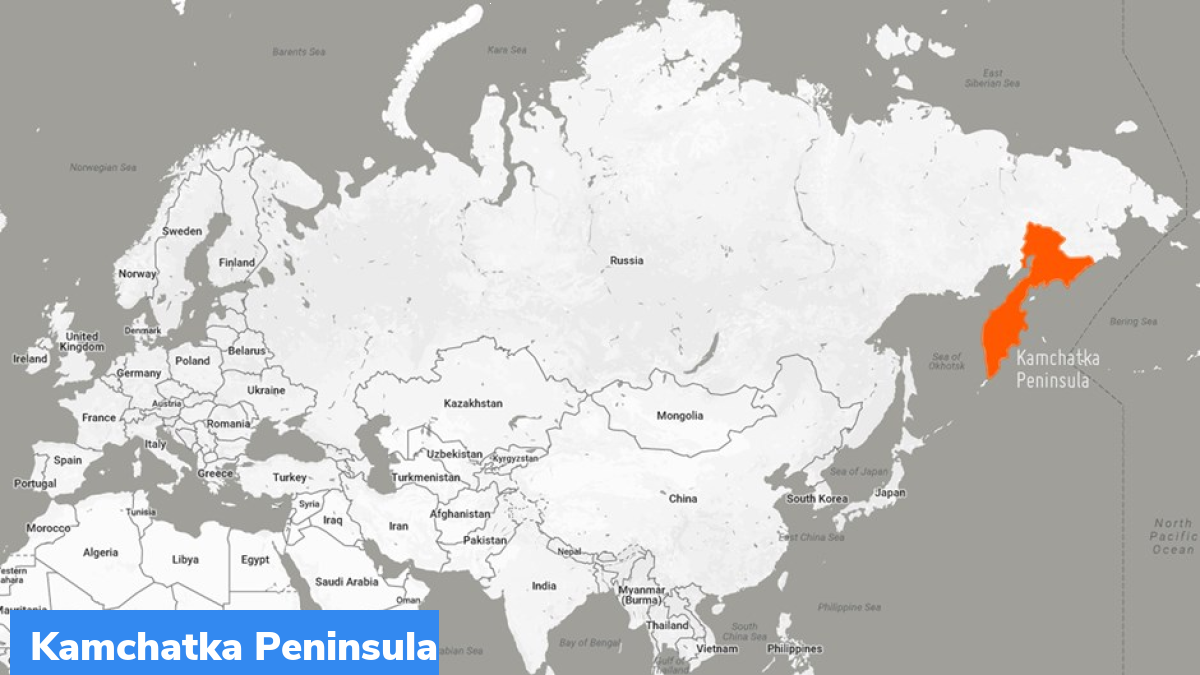Volcanic Activities in Kamchatka Peninsula
Two volcanoes in the Kamchatka Peninsula erupted recently. They are among the six volcanoes in the northeastern part of Russia that are currently showing signs of increased activity.
About Kamchatka Peninsula
- The Kamchatka Peninsula is part of the “Ring of Fire” – a region along the path of the Pacific Ocean that is characterized by active volcanoes and frequent earthquakes.
- This peninsula extends into the Pacific Ocean some 6,600 km east of Moscow.
- It is among the world’s most concentrated areas of geothermal activity.
- This peninsula hosts 29 active volcanoes, most of which are surrounded by sparsely populated forest and tundra.
- Though these volcanoes pose little threat to the local population, major eruptions can spew glass, rock and ash into the sky, threatening air travel.
- The town of Klyuchi, with some 5,000 people, is situated between two volcanoes that erupted recently.
- These volcanoes are some 450 km from the Kamchatka Peninsula’s only major city – the Petropavlovsk-Kamchatsky.
About Klyuchevskaya Sopka
The Klyuchevskaya Sopka is a stratovolcano in Kamchatka Peninsula. It is the highest mountain in Siberia and Eurasia’s highest active volcano. It is part of the natural Volcanoes of Kamchatka UNESCO World Heritage Site. It appeared some 7,000 years ago. The first recorded eruption of this volcano happened in 1697. Since then, it has remained almost continuously active like many of its neighbouring volcanoes. Recently, it recorded as many as 10 explosions per hour.
About Shiveluch volcano
Shiveluch volcano is currently under high activity and a powerful explosion is forecasted. It is Russia’s most active volcano and one of the largest in the Far East. It has been erupting since August 1999, with occasional powerful explosion events.
Shiveluch has 2 main parts – Old Shiveluch (3,283 metres-tall) and Young Shiveluch (2,800 meters tall). Young Shiveluch is situated within an ancient caldera – a large carter-like basin that may have been formed when the older part erupted some 10,000 years ago. It is this part that has been extremely active. Its lava dome is continuing to grow and experiencing stronger “fumarole activity”. Domes are mounds are formed from accumulating lava and fumaroles are openings through which high sulfurous gas are emitted.
Month: Current Affairs – November, 2022
Category: International / World Current Affairs • Places in News Current Affairs


